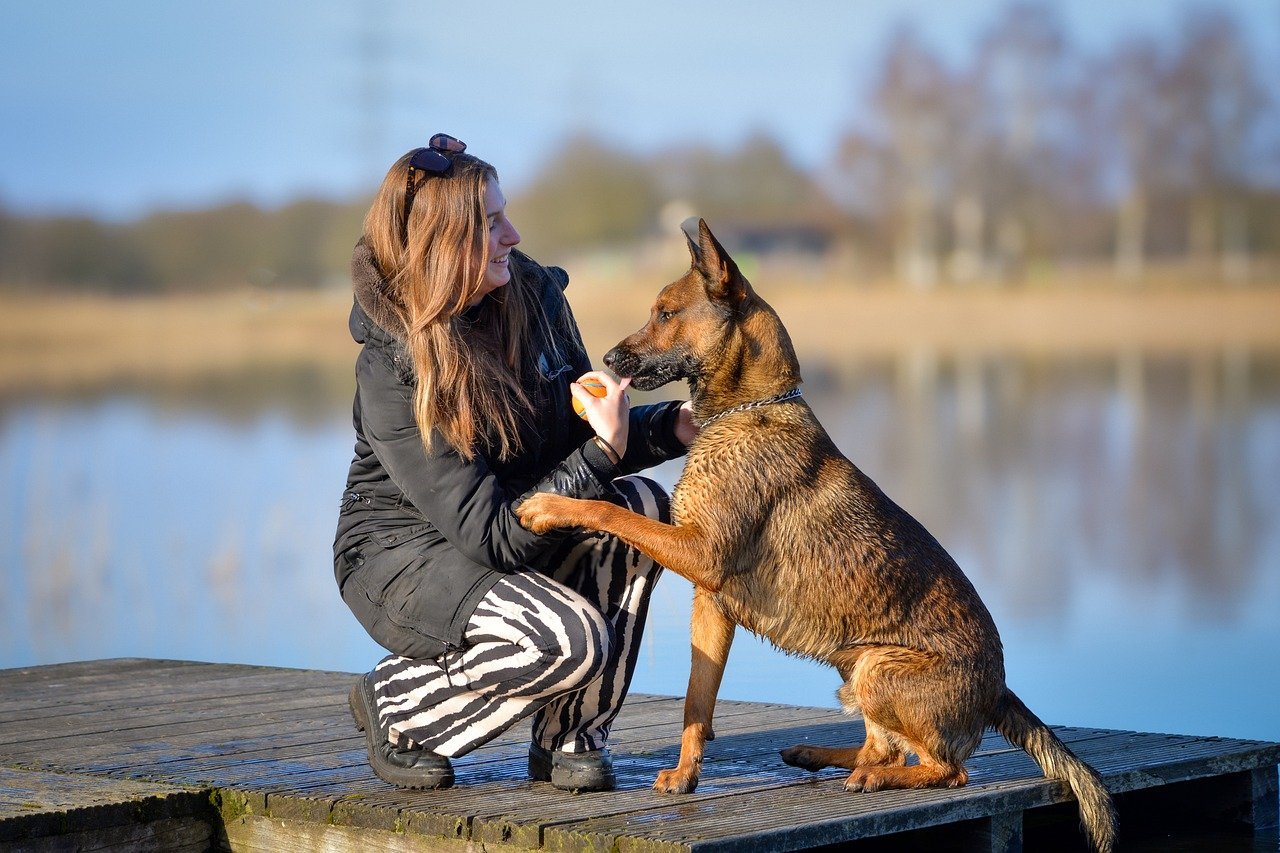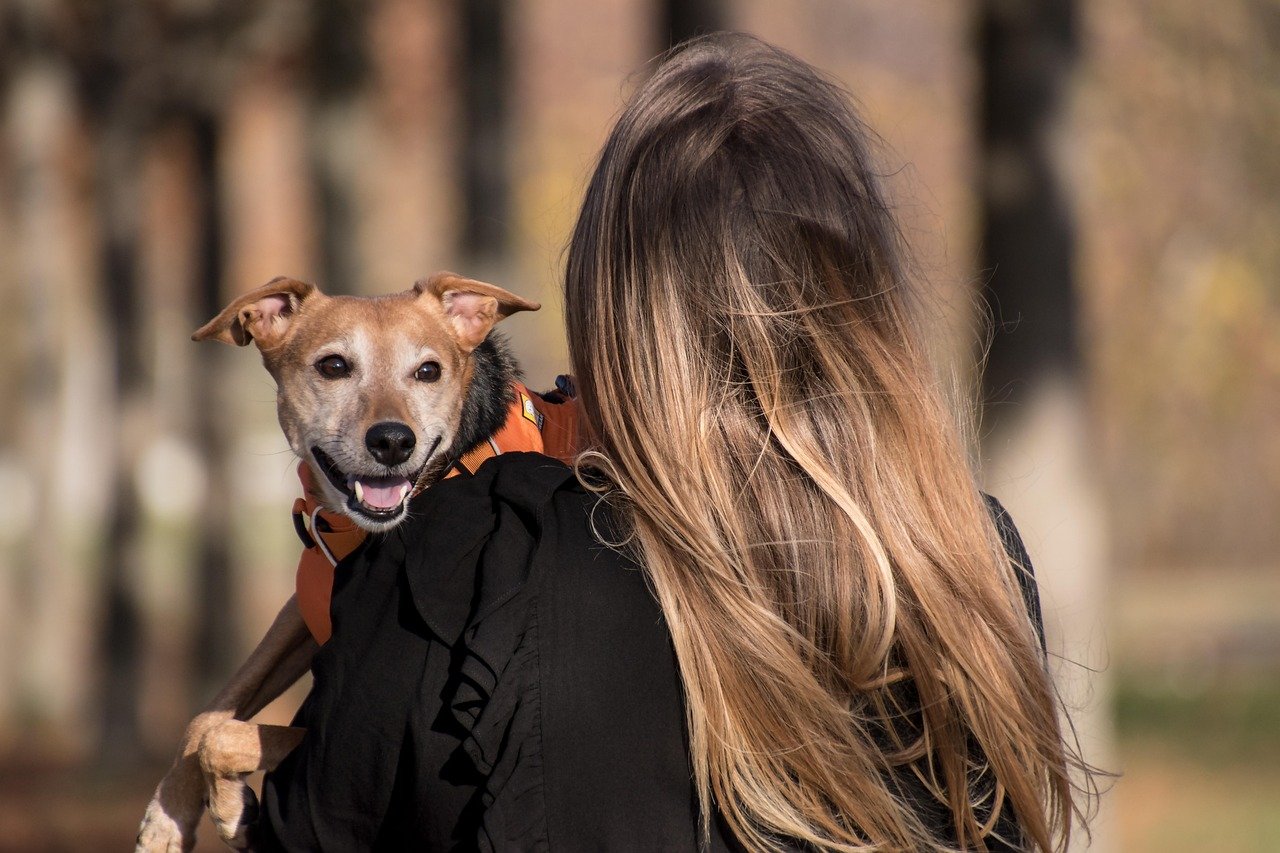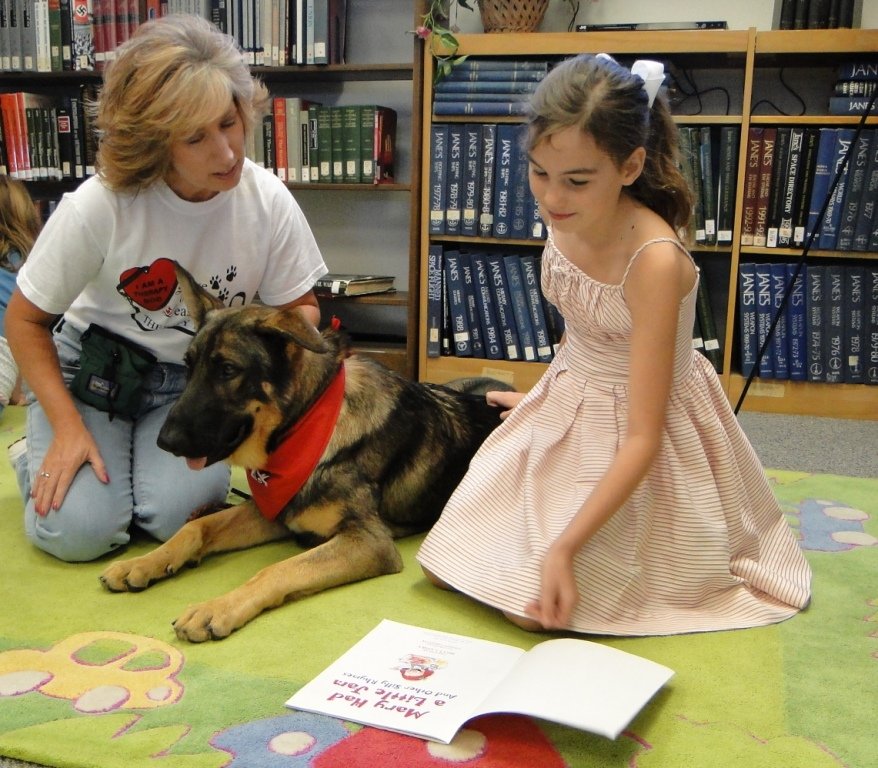Have you ever caught your dog staring at you with those soulful eyes when you’re feeling down, or bouncing around excitedly when you’re in a great mood? It almost feels like they know exactly how you feel—even before you say a word. For many dog lovers, the idea that dogs can sense our mood swings isn’t just a comforting thought—it feels like a magical bond that words can’t explain. But is this canine intuition real, or are we simply projecting our feelings onto our furry friends? Let’s dive deep into what science and real-life experiences reveal about dogs and their incredible ability to tune into our emotions.
The Unique Bond Between Humans and Dogs

Humans and dogs have shared a special relationship for thousands of years. This connection is more than just companionship; it’s rooted in a deep sense of trust and understanding. Dogs are experts at picking up on our routines, gestures, and even our subtle changes in behavior. Unlike most other animals, dogs have evolved alongside humans, learning to read our faces and body language in ways that still surprise researchers today. For many families, dogs become our confidants, our comforters, and even our emotional safety nets. This close bond forms the perfect foundation for dogs to sense when something is off with our mood.
How Dogs Read Human Emotions
Dogs don’t speak our language, but they communicate in their own powerful ways. They rely on a combination of body language, facial expressions, and even scent to understand how we’re feeling. When you’re happy, your body moves differently—your voice lifts, your posture opens up. When you’re upset or anxious, your shoulders might slump and your voice may sound tense. Dogs notice these changes more quickly than we might expect. Studies have shown that dogs can distinguish between happy, sad, and angry human faces, and they even respond differently to each. Their keen observation skills allow them to adapt their behavior to match our emotional state.
The Science of Scent and Mood Detection

One of the most fascinating aspects of a dog’s ability to sense mood swings comes down to their remarkable sense of smell. Dogs have up to 300 million olfactory receptors in their noses, compared to about 6 million in humans. When we experience strong emotions, our bodies release different hormones, like adrenaline or cortisol. These hormones can subtly alter our scent—changes that are undetectable to people, but crystal clear to dogs. For example, if you’re anxious or fearful, your scent changes, and your dog may pick up on this and react by becoming more attentive or protective.
Behavioral Changes in Dogs During Owner Mood Swings

Many dog owners report that their pets act differently when they themselves are feeling down or stressed. Some dogs become clingy, refusing to leave their owner’s side, while others might try to cheer you up with playful antics. A few might even mirror your mood—looking subdued when you’re sad, or excited when you’re happy. This isn’t just coincidence. Dogs are incredibly sensitive to our emotional cues and often adjust their own behavior as a way of offering comfort or support. It’s as if they’re saying, “I’m here for you, no matter what.”
Training and Emotional Support Dogs
Some dogs take their mood-sensing abilities to a professional level. Emotional support dogs and therapy dogs are trained to recognize and respond to the emotional needs of their owners. These dogs can interrupt panic attacks, provide deep pressure therapy, and even alert others if their owner is in distress. Their training builds on their natural sensitivity, teaching them specific responses to a variety of mood swings and emotional states. For people struggling with anxiety, depression, or PTSD, these dogs can be life-changing—offering both practical help and unconditional love.
Can All Dogs Sense Mood Swings?
While most dogs are sensitive to human emotions, not all dogs react in the same way. Factors like breed, personality, upbringing, and the strength of the bond with their owner all play a role. Some breeds, such as Golden Retrievers or Labradors, are known for their empathy and gentle nature, making them especially good at picking up on mood changes. However, even the most independent or aloof dogs can surprise you with moments of deep understanding. It’s important to remember that each dog is unique, and their ability to sense your moods can vary from one individual to another.
Strengthening the Emotional Connection With Your Dog
Building a strong emotional connection with your dog doesn’t just make you feel good—it actually helps your dog tune into your moods more effectively. Spending quality time together, engaging in play, and practicing positive reinforcement strengthens your bond. When a dog feels secure and loved, they’re more likely to pay close attention to your emotional state. Simple gestures, like gentle petting or talking to your dog, can deepen this connection and make it easier for your four-legged friend to sense and respond to your mood swings.
Real-Life Stories: Dogs Responding to Their Owners’ Emotions

Countless dog owners have shared heartwarming stories about their pets offering comfort during tough times. Some describe their dog lying beside them quietly when they’re crying, while others tell of their dog sensing an anxiety attack before it happens. These stories aren’t just touching—they’re a testament to the extraordinary bond between humans and dogs. Even without formal training, many dogs naturally know when their humans need a little extra support, proving that their emotional intuition is something truly special.
The Mystery and Magic of Canine Empathy

The question of whether dogs can sense mood swings may never have a simple, scientific answer. Yet, the evidence—from research studies to everyday experiences—suggests that dogs are indeed attuned to our emotional world in ways that are both mysterious and magical. Their ability to sense and respond to our feelings isn’t just a reflection of their intelligence, but also their deep love and loyalty. This special connection is one of the many reasons why dogs hold such a cherished place in our hearts.

Born and bred in South Africa, a Capetonian at heart. Amy-Leigh’s love for nature and animals was inherited from her Dad. He loves taking the family on road trips to experience nature at its finest; Amy-Leigh’s favourite being whale watching in Hermanus and spotting Kudu along the West Coast. Amy-Leigh holds a BA in English Literature and Communication Studies.





